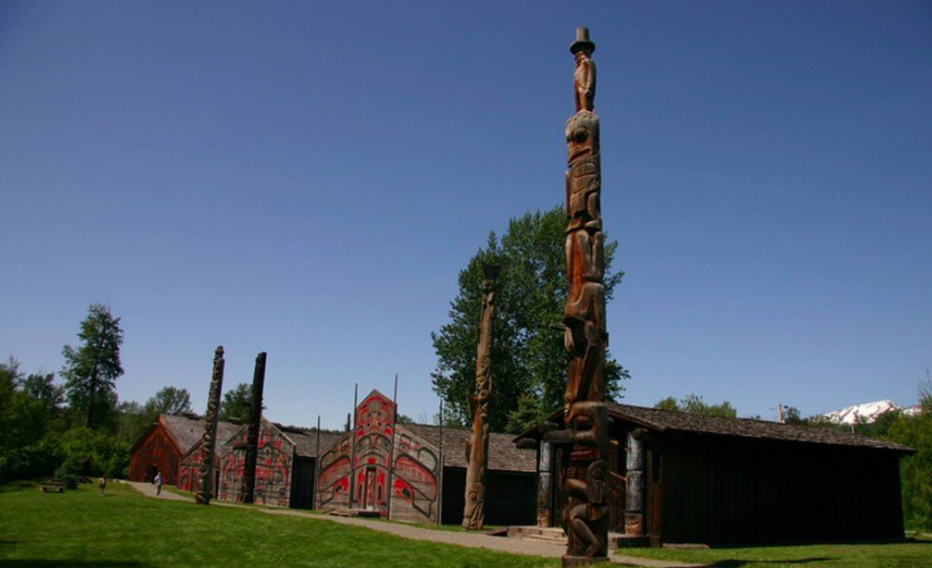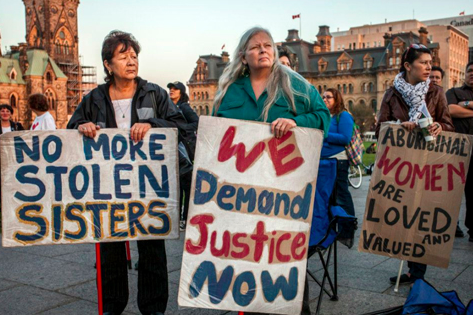At the end of this lesson you will find detailed instructions for this assignment. Your task is to take the story that King tells about how evil comes into the world at the witches conference [In “The Truth About Stories” ] — and change the story any way you want — as long as the end remains the same: once you have told a story, you can never take it back. So, be careful of the stories you tell, AND the stories you listen to.
Then learn your story by heart, and then tell the story to your friends and family. When you are finished, post a blog with your version of the story and some commentary on what you discovered. If you want, you can post a video of you telling the story, in place of text.
How Evil Came to Be
Before the existence of humans and civilization, there were only dragons in the sky and serpents on land. The dragons were seen as majestic, untouchable, and noble animals – respected by all and feared by troublemakers. The serpents on the other hand, were seen as lowly and lazy creatures that disgusted the land and ocean spirits. For most of the time, both species lived in peaceful harmony.
One day, the serpents were surprised with the birth of a baby girl. Her golden brown locks, soft blue eyes, and smooth, fair skin looked vastly different from what the creatures were used to expecting. Confused and flustered, the mother serpent hailed one of the dragons to come see for himself. Upon arrival, the dragon gasped in shock.
“What is it, Mr. Dragon? Please tell us what this little creature is doing on Earth?” eagerly asked the mother serpent.
“This baby is dangerous to your family and to your community! I must remove it from Earth at once!” The dragon inched forward to take the baby girl from the mother serpent.
“Wait! What harm could this tiny creature possibly do to us? Why do you get to take it away?” The mother serpent was desperate for answers.
“There is no time for your questions. You are under obligation to obey my order. Now, release!”
Before the mother serpent could respond, the dragon swooped in, lifted the baby girl out from the mother’s protective embrace, and flew up toward the skies.
News spread, and before the dragons could stop or deny any of it, the serpents finally understood why the baby girl was taken in a haste … She was the lost daughter of The Highest Power, an unseen force of the universe, and the ultimate creator of life. A sky-wide search for the missing baby had already ensued, but nobody had thought she would have reincarnated to Earth. The reward? Everlasting Joy and Happiness.
Infuriated and hurt from being lied to, the mother serpent, along with the rest of the serpent community, vowed to take revenge. They grew wings of fire and flew up to the skies to complete this mission. Dragon wings were burnt and torn and the dragon themselves fell to their death. It was a bloody revenge, but a sweet one to the serpents, and that is how Evil was introduced into their world.
“[And], of course, it was too late. For once a story is told, it cannot be called back. Once told, it is loose in the world” (King, 10).
Commentary
Knowing that I needed to make my story sound personable and ‘story-like’ in both oral and written formats, I made a conscious effort to construct my sentences the way that I imagined children’s literature would sound like. Albert Einstein once said, “If you can’t explain it to a six year old, you don’t understand it yourself.” I think it’s true that life is incredibly complicated and that we are often confronted with situations that force us to make hard decisions. Yet, I also think we like to make our complicated lives even more difficult, and amidst the chaos of trying to figure life out, we forget that there is so much more to life than our problems.
I think storytelling pushes people to extract the essence of complex matters and allow us to see the bigger picture. Through this story, I wanted to show that notions like Joy and Happiness can coexist with Evil (dragon finds baby and achieves both), and that is very much the reality we live in today. There is obviously room for improvement but I also don’t think I’ll ever be content with a story that doesn’t have room to evolve. This is where the audience comes in and makes that happen over time.
Works Cited
InsaneIVI. Dragons in the Sky. 2011. Deviant Art. Web. 29 May 2016.
King, Thomas. The Truth About Stories: A Native Narrative. Toronto: House of Anansi Press, 2003. Print.
Pawula, Sandra. “36 Inspiring Quotations from Albert Einstein.” Always Well Within, 3 Nov. 2011. Web. 29 May 2016.
Thompson, Tosin. “The pursuit of happiness: what is happiness, and how can we make ourselves happier?” NewStatesman, 8 Jul. 2015. Web. 28 May 2016.


